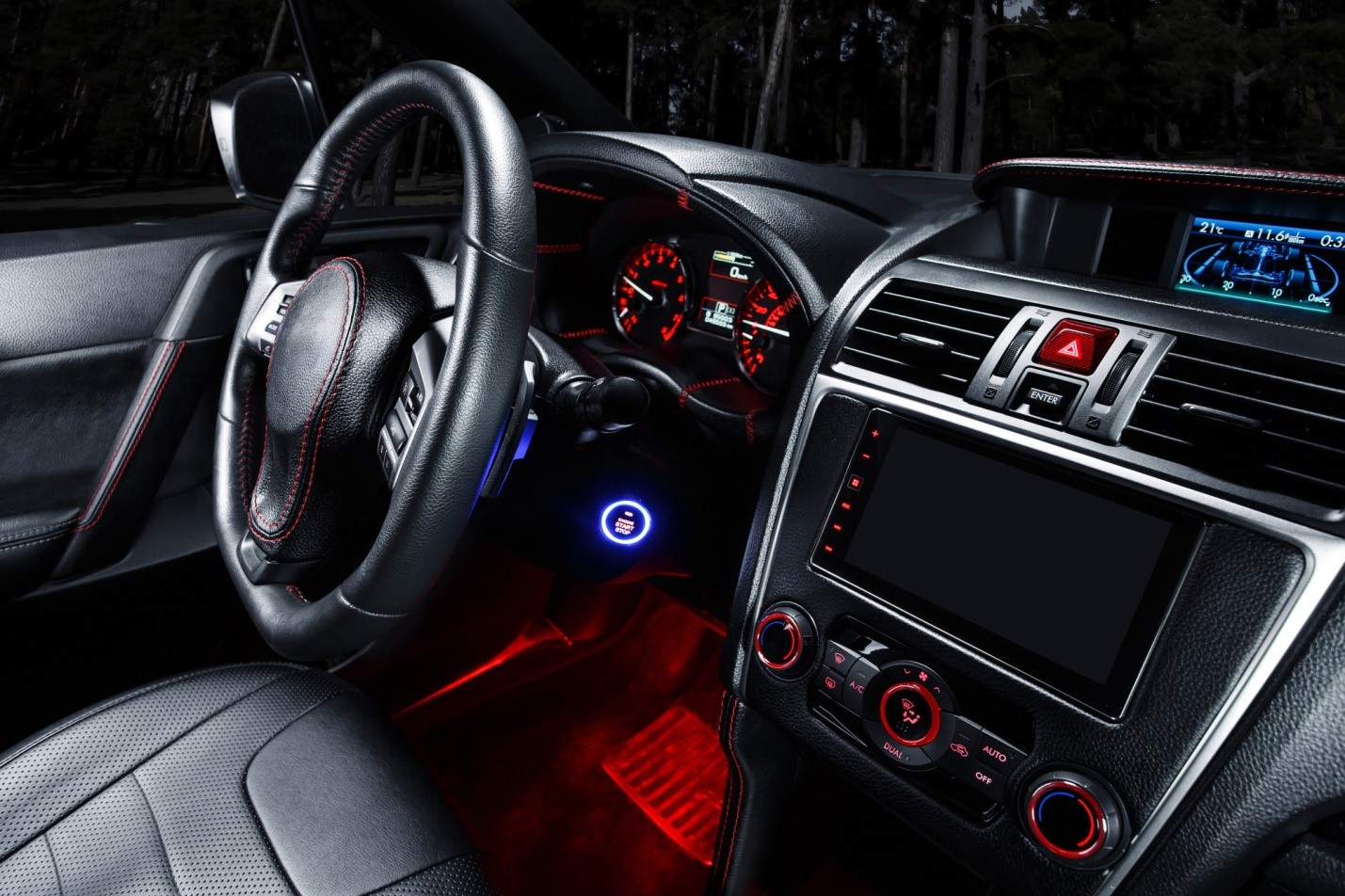[ad_1]
But I Thought You Said This Windshield Was Original Equipment?
Here is a common story for a consumer. A person has a brand new or leased vehicle and a piece of glass becomes damaged. They call an auto glass company and the consumer is told OEE is an original equipment equivalent replacement piece for their vehicle. But when the auto glass technician shows up to complete the replacement, the piece of glass does not actually have the vehicle makers OEM manufacturer logo.
OEM – Original parts installed by the vehicle’s maker during the assembly of your vehicle.
OEE – Parts produced for installation in the “aftermarket” by third party companies.
What Is OEM Auto Glass? (Original Equipment Manufacturer)
When a new vehicle is designed the vehicle maker can use an existing windshield part from an older model vehicle, or they can create a whole new windshield and part number. If the decision is made to create a whole new windshield the vehicle maker contracts a glass manufacturer to create the part. The glass manufacturer and vehicle maker create a unique mold and a unique molding/firing process to produce the OEM windshield (Original Equipment Manufacturer). The parts are installed when the vehicle is assembled at the vehicle makers factory.
OEM parts are available for purchase through your local dealership or through an auto glass company. Do be aware that OEM installations through a dealer will be significantly higher priced than choosing a third party company for the replacement. OEM parts are typically more expensive than OEE. In fact, OEM can cost over 100% more. Although Carlite (Ford) windshields are extremely affordable!
What Is OEE or OE Auto Glass? (Original Equipment Equivalent)
After a new vehicle has reached dealerships and is sold to consumers, third party glass manufacturers will actually acquire OEM glass and reverse engineer a mold to manufacture their own aftermarket glass parts. This mold is created after they digitize an outline of the part. Then the companies create a firing process to bend and shape the glass. OEE aftermarket parts are slightly different in size, they have slight differences in the bend of the glass, and the glass may have high distortion when viewed from a side angle. All of these differences may be minimal or dramatic depending on the manufacturer. The cheaper the glass, the cheaper the manufacturing was.
Removal Of The Manufacturer Logo
Some auto glass installation companies remove the windshields manufacturer logo to fool consumers into thinking its actually OEM. Remember to never buy glass without a manufacturer product label. The label is usually about 1 square inch in size and is located in the bottom areas of the windshield right above the painted black ceramic band. The manufacturer logo includes information about where the glass was manufactured, and has information for the Department of Transportation. Removing the logo is illegal.
What Are The Main Differences Between OEM and OEE.
1. Side View Clarity – All glass that is bent during manufacturing has some distortion when viewed from a side angle. This can be described as waves or waviness. Aftermarket glass is pressed, molded and fired during manufacturing in a slightly different way than the original process set by the vehicle maker. As a result of the difference in manufacturing the aftermarket process typically creates more distortion in glass when viewed from a side angle. Sometimes its a lot more!
2. Safety – Both types of glass meet all federal safety standards and also go through testing at such places as AMECA, Automotive Manufacturer’s Equipment Compliance Agency Inc.. Because both types meet certain safety guidelines, many auto glass installation companies push the argument that aftermarket is equivalent to the vehicle makers original replacement equipment simply based on this one similarity.
3. Glass Thickness – The federal government actually has mandates on the thickness of a windshield. Most windshields are between 2-3mm (millimeters) thick. OEE glass may have a.01mm or more difference in thickness. This may result in the idea that aftermarket is more cheap. Although this is still as safe and equivalent to OEM, I find it is different none the less and may have a higher risk of cracking from debris impacts.
4. Black Ceramic Paint Design – Both types of glass will typically have the same exact paint designs around the edges of the glass, although there are a few unique OEM windshields out there. This black design only hides areas from view (ex: under the dashboard, behind side pillars) and it protects the urethane glass adhesive from UV emitted by the sun. UV will degrade the adhesive which will result in the glass falling out or coming loose. One of the few differences found in paints bands may be, the vehicle maker or vehicle model logos embedded in the design. An example is a Ford Mustang windshield. The OEM windshield includes a picture of the Mustang logo above the rear view mirror bracket in the third visor.
5. The Manufacturer/Vehicle Maker Logo – OEM windshields have a logo that matches all of the other pieces of glass on your vehicle. This is the easiest to see if a piece of glass has been changed before, or to confirm if an auto glass company has ordered the right glass for you. The logo will either have the vehicle maker logo or the original vendor logo.
6. Rear View Mirror Brackets And Sensors – Aftermarket windshields (OEE) use a different process to adhere the mirror brackets to the glass. I find that their quality of adhesion and location is not as accurate as OEM parts. In fact, aftermarket distributors repeatedly drip glue on the glass below the bracket which may stain the black ceramic band on the interior side of the glass. When it comes to sensor components such as a rain sensors, the problem it not as rampant. But on a BMW windshield, a mirror bracket not correctly aligned may hinder the re-installation of the mirror’s plastic cover assembly which hides the sensor and bracket.
So Which Windshield Should I Choose, OEM or OEE?
The biggest impact on your decision will be budget. OEM parts are almost always higher priced. Most consumers simply choose OEE because they have no choice, everyone needs to save a few bucks. Don’t be scared of choosing aftermarket glass though because safety is mostly impacted by the technician installing the windshield correctly, not the glass itself. But if you really love your vehicle and expect the best quality, you should choose OEM. And if you are leasing your vehicle, your dealer may have restrictions on what type of glass is acceptable upon returning the vehicle. You may get a fee added if you have an aftermarket glass installed. Call your dealer for more information.
[ad_2]











